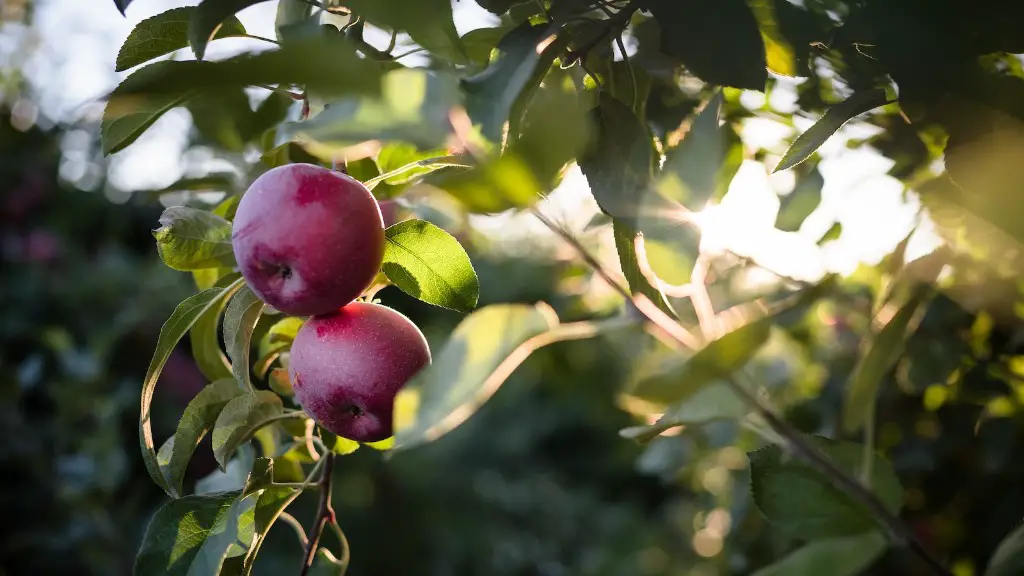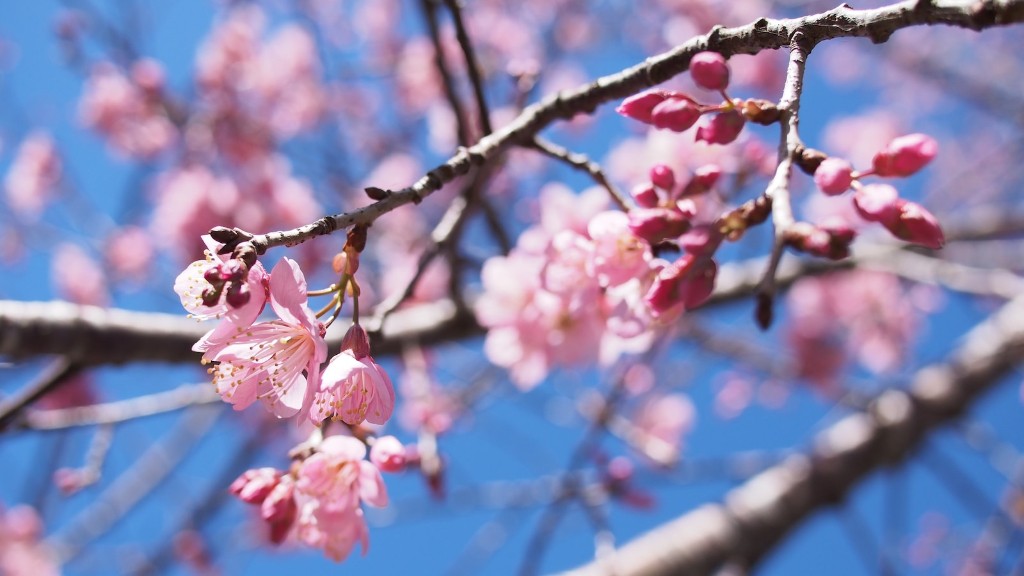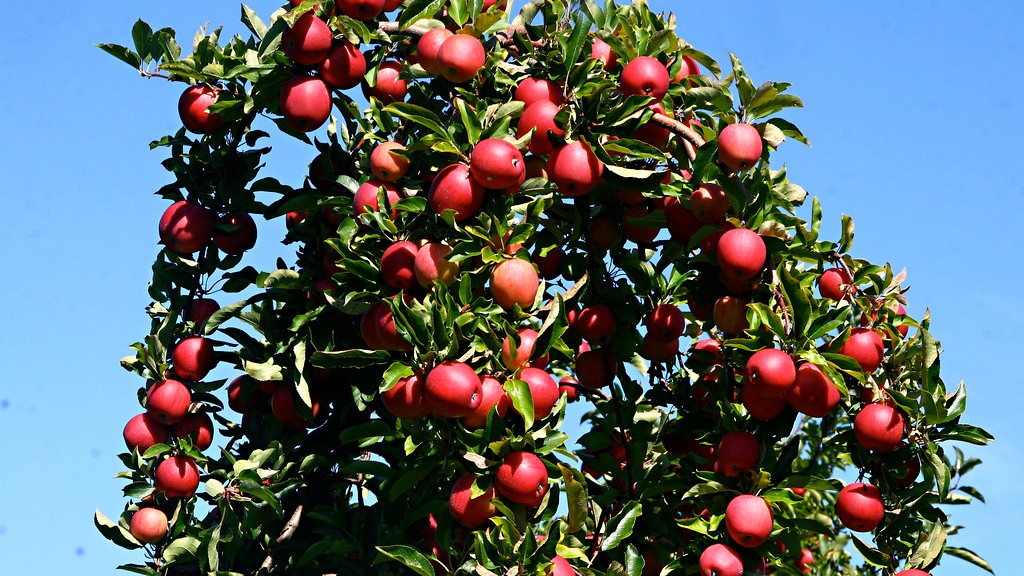Planting an Avocado Tree Outside
When you think of avocados, chances are you imagine them in guacamole, on toast, as a salad topping, or a tasty side-dish accompaniment. The versatile avocado is such a popular ingredient that you may be surprised to learn that you can grow your own right in your garden – if you’ve got the right variety, and suitable conditions.
Avocados that you buy in the store are picked before they’ve had a chance to ripen on the tree. The best varieties to grow are those bred specifically for home gardens – so called “backyard fruits” – that can reach a much higher level of ripeness than what’s available from the grocery store.
Unfortunately, most avocado varieties just won’t survive outside in cold winter climates. But don’t worry: if you’re living in a traditionally cooler area, there are still a few choices for you.
You’ll want to select one of the hardier Mexican varieties, like the “Zutano” or “Mexicola” – both of which are cold sensitive and will have to be moved indoors or under glass for the winter in traditional cooler climates.
However, these varieties can usually handle temperatures as low as freezing; they just need protection from extreme cold and frost.
You’ll want to plant your avocado tree in a container so that you can bring it indoors in extreme weather. The trees grow best when in full sun, but to keep them healthy and growing, you’ll need to fertilize and water them regularly.
You’ll want to make sure that you give the root system plenty of room to grow – so use a large pot. A pot that’s at least 18 inches in diameter will give the tree’s roots space to spread out.
Although avocado trees can take a long time to bear fruit (three to five years, in some cases), rest assured that with proper care and nutrition, you’ll have a rich source of fresh avocados in no time – with minimal effort.
Caring For Your Avocado Tree
In order for your avocado tree to produce well, it is important to keep the tree healthy by making sure it receives the right type of nutrients. Avocado trees like well-draining, moist soil, but they don’t like to be waterlogged.
You should aim to water your avocado tree once every week, or two, depending on the weather conditions. During hot and dry periods, you may need to water more frequently. You’ll also want to make sure the soil is high in organic matter, with plenty of compost or mulch.
It’s important to fertilize your tree once a year to ensure it produces plenty of healthy fruit. Use a plant fertilizer designed specifically for fruit trees and make sure you give your tree a boost at the start of the growing season.
Another key factor in ensuring the health of your avocado tree is to give it adequate amounts of sunlight. Avocado trees require at least 8 hours of direct sunlight every day – so make sure to place your tree in an area that is exposed to full sunlight.
Finally, you’ll want to keep your avocado tree pruned to encourage new growth and to encourage larger and more plentiful fruits. Make sure to prune your tree annually – removing any dead or broken branches – and any branches that are growing in the wrong direction.
Harvesting and Eating Your Avocado
When it comes to understanding when to harvest your avocados, you first have to know that there are two types of avocados: those that are “breaking”, and those that are “hardening”. Breaking avocados are green and ready to be picked from the tree, whereas hardening avocados have started to turn black or yellow and are best left on the tree until they’ve fully ripened.
Once you’ve harvested your avocados, the real fun can begin! Most people just enjoy them sliced, diced, mashed, or in their favorite recipe. But you don’t have to limit yourself to those ideas! You can try experimenting with different flavors like guacamole, avocado ice cream, and more.
Avocados are also wonderful additions to smoothies, and even juices! Add them to your morning smoothie or try adding them to a refreshing glass of tomato, celery, and avocado juice. Talk about a delicious and nutritious way to start the day!
On top of eating and enjoying your avocados, you can use them to make face and hair mask, too. Avocados are incredibly moisturizing for skin and hair, and the healthy fats in them can help keep your skin looking young and glowy. So don’t forget to make time for some self-care and to ensure your avocados don’t go to waste!
Best Practices for Planting an Avocado Tree
Avocado trees are popular for home gardens, but there are a few things to consider before you decide to plant one. It is always best to consult a local horticulturalist or plant specialist in your area to ensure you are selecting the right variety of avocado tree.
The size of the tree is also important: some varieties can grow to over 10 feet tall and wide, so it is important to plan for the amount of space it will take up in your garden.
When planting your avocado tree, you should also be aware of the fact that they like acidic soil, so it is important to add fertilizers that are rich in nitrogen and potassium to the soil. This will help the soil to support the trees’ growth and preserve the health of the tree.
Finally, it is essential to use proper watering techniques. Avocado trees prefer evenly moist soil, so water regularly, but avoid over-watering. If the soil does become too wet, the plant may become waterlogged and could be susceptible to fungal and root rot.
Pest and Disease Control
When growing an avocado tree at home, it is important to be aware of the potential risks posed by pests and diseases. To avoid these, you should inspect your tree regularly for signs of damage or disease. The most common avocado pest is thrips, a tiny insect that feeds on the growing leaves and flowers and causes the leaves to turn white and spotty.
To avoid pests and diseases, regularly inspect your tree and remove any damaged or infected leaves. If you find signs of insects or diseases, consult a plant specialist or local horticulturalist for advice on how to treat the problem naturally.
You should also look out for signs of root rot. This is caused by excess moisture in the soil, so if you are having trouble with root rot, make sure to aerate the soil and ensure that it is well-draining.
It’s also important to practice good hygiene when working with your tree. Make sure to use clean and sterilized tools when pruning and harvesting, and wear gloves when handling the tree and its fruit.
By taking these simple steps, you can keep your avocado tree healthy and productive, while avoiding potential pest and disease problems.
Conclusion
Growing an avocado tree at home can be a rewarding experience – and there’s nothing better than being able to harvest and enjoy your own fresh avocados! But, if you want to have a successful harvest, it’s important to provide your tree with optimal conditions, follow pest and disease control methods, and practice good gardening techniques.



